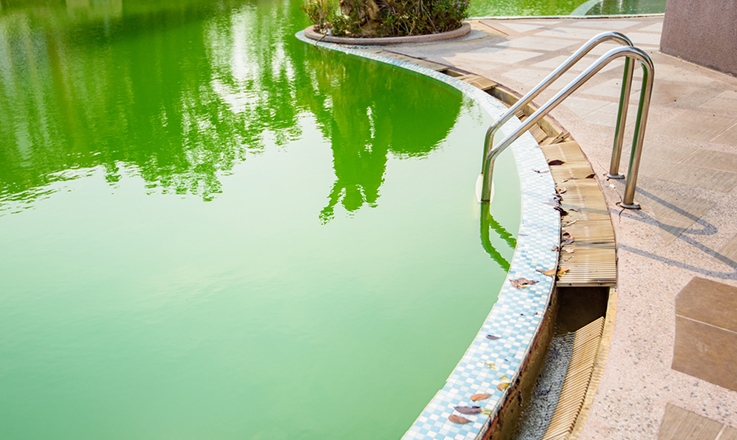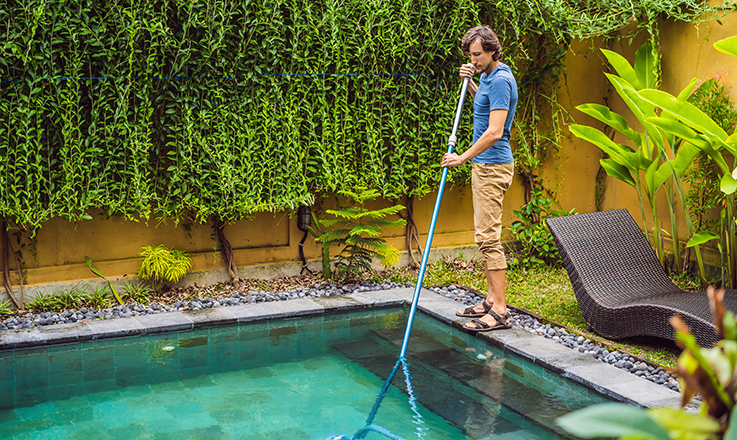The ABCs of Pool Shocking: When, Why, and How Often
If you own a swimming pool, you know the joy of taking a refreshing dip on a hot summer day. However, to ensure your pool remains a clean and safe oasis, it's crucial to understand the importance of pool shocking. In this comprehensive guide, we'll uncover the mysteries of pool shocking, delving into its why, when, and how.




